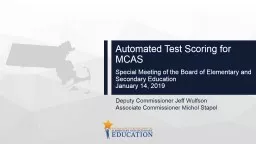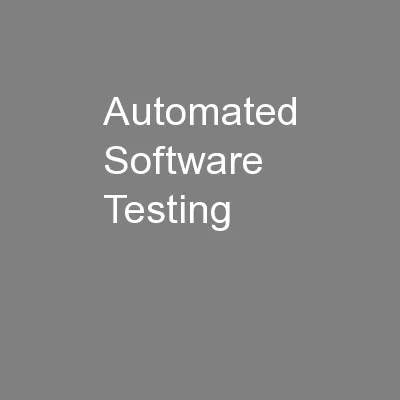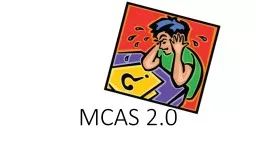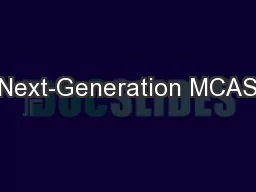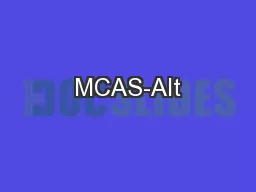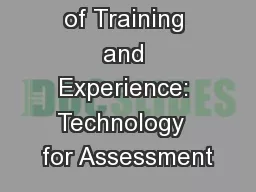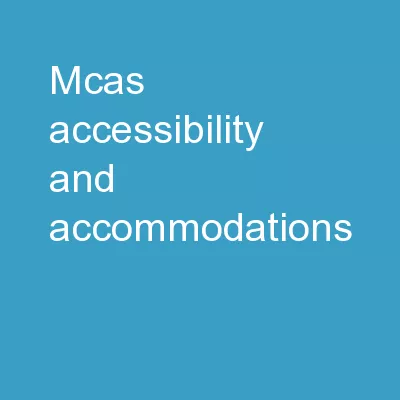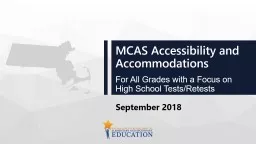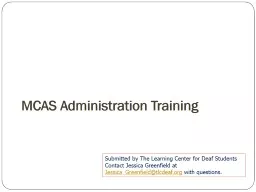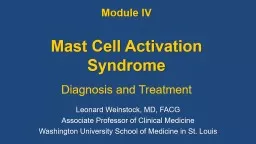PPT-Automated Test Scoring for MCAS
Author : araquant | Published Date : 2020-06-17
Special Meeting of the Board of Elementary and Secondary Education January 14 2019 Deputy Commissioner Jeff Wulfson Associate Commissioner Michol Stapel 01 Overview
Presentation Embed Code
Download Presentation
Download Presentation The PPT/PDF document "Automated Test Scoring for MCAS" is the property of its rightful owner. Permission is granted to download and print the materials on this website for personal, non-commercial use only, and to display it on your personal computer provided you do not modify the materials and that you retain all copyright notices contained in the materials. By downloading content from our website, you accept the terms of this agreement.
Automated Test Scoring for MCAS: Transcript
Download Rules Of Document
"Automated Test Scoring for MCAS"The content belongs to its owner. You may download and print it for personal use, without modification, and keep all copyright notices. By downloading, you agree to these terms.
Related Documents

